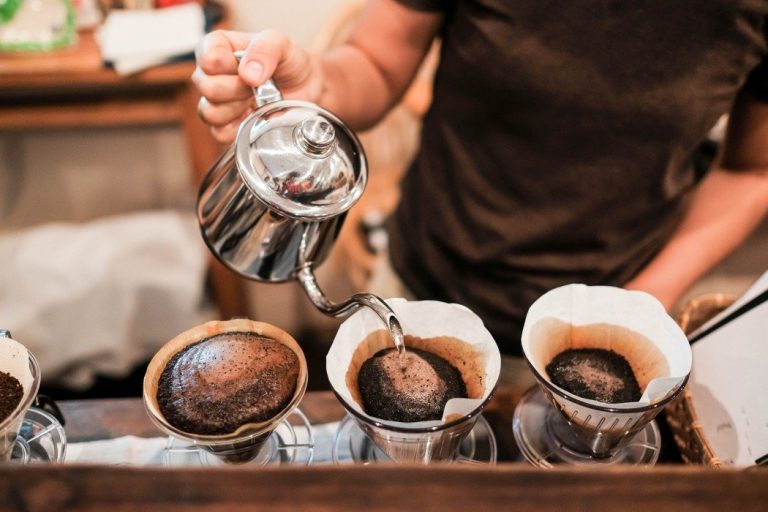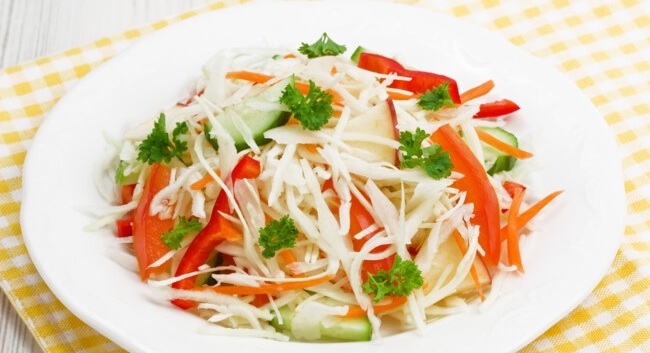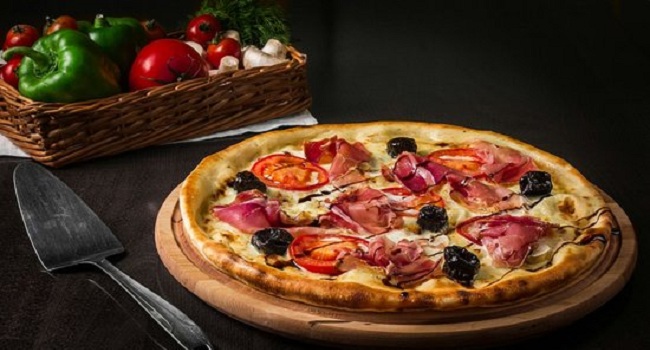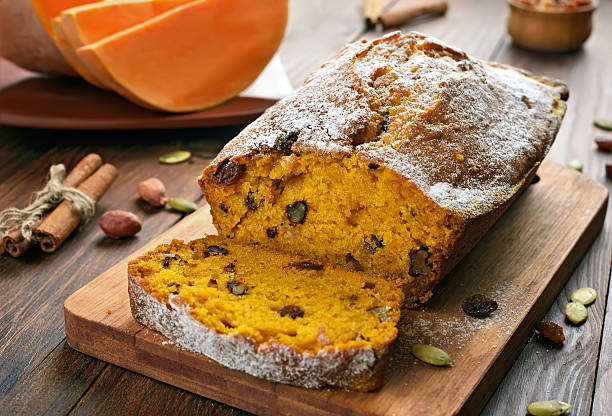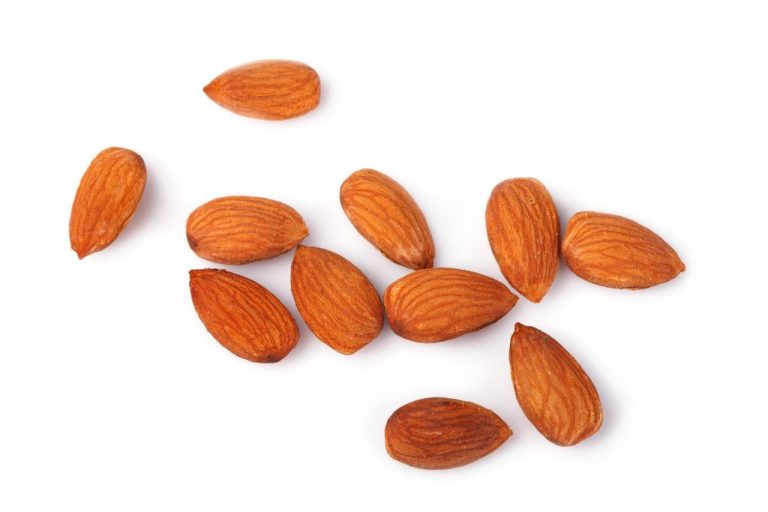Coffee and Germany simply belong together. No other drink is drunk as much as coffee. The causes for this are manifold.
Coffee at any time of the day
For most Germans, the start of the working week is not really positive. You are tired, stressed and know that a hard day is ahead. What can improve your mood in the morning as quickly as a freshly prepared and good coffee? No wonder most people love to start the day with a delicious cup of coffee. At weekends, the coffee is part of a relaxed breakfast ceremony. In the afternoon it is literally part of “drinking coffee” with cake and other delicacies. So it’s no wonder that the Germans’ love of coffee isn’t waning.
Germans love coffee so much that for several years there has always been a day of action on the first Saturday in September: Coffee Day. This was initiated by the German Coffee Association. The Germans love their coffee because it goes with every occasion. Whether in the morning for breakfast, in between at work, as a nightcap in the form of an espresso after dinner, whether at weddings, birthdays or any other celebration – a coffee is never out of place!
A love full of coffee enjoyment
Coffee is the epitome of enjoyment for all the senses. It starts with opening the coffee bag. The subtle rustling of the individual brown roasted beans exudes a spicy roasted aroma that stimulates all the senses. Even the sound of grinding the coffee bean makes your mouth water in anticipation of the enjoyment ahead. Coffee not only smells extremely good and tastes great, it also feels phenomenal. Soft and full-bodied, it melts on the tongue until it glides comfortably warm down the throat.
Coffee is the epitome of enjoyment for all the senses.
However, coffee has many more benefits than just an aromatic smell and taste. The Germans benefit from their love of coffee, after all it makes you awake and healthy. It stimulates the cardiovascular system, improves physical performance and has a positive effect on the ability to concentrate. Enjoyed in moderation, coffee is good for the body and soul.

The many facets of coffee
Another enormously positive property of coffee is the many areas of application. In ground form it is considered an effective peeling. Caffeine is even said to make tired eyes perk up again and have an anti-aging effect. Many gardeners use it to combat ants or as a fertilizer for flowers. It is also said to provide excellent service as a grill cleaner. It also eliminates bad smells from cars and refrigerators. In addition, coffee can be used to prepare many delicious meals and dishes, such as delicious desserts. Hardly any other love is as diverse as our love of coffee.


